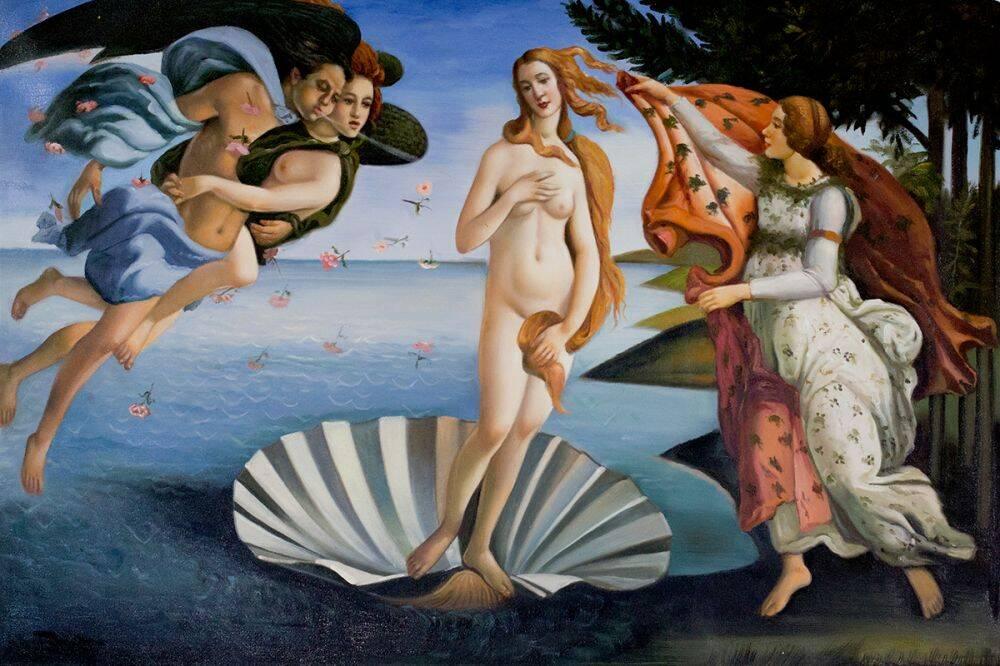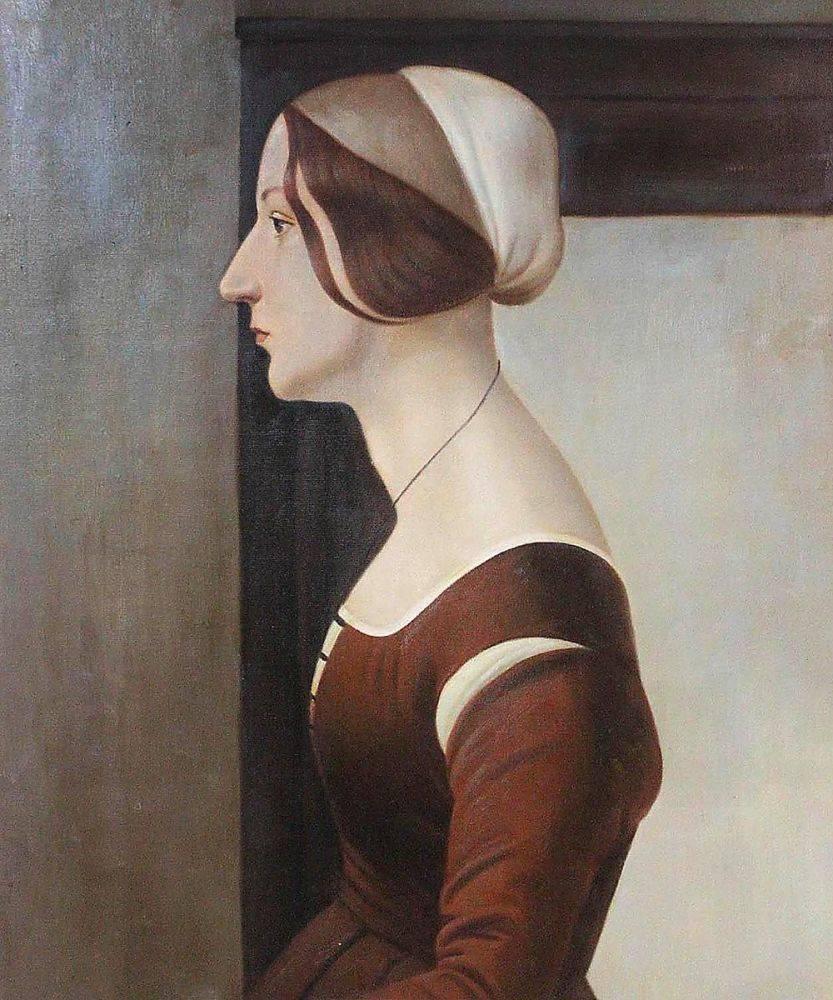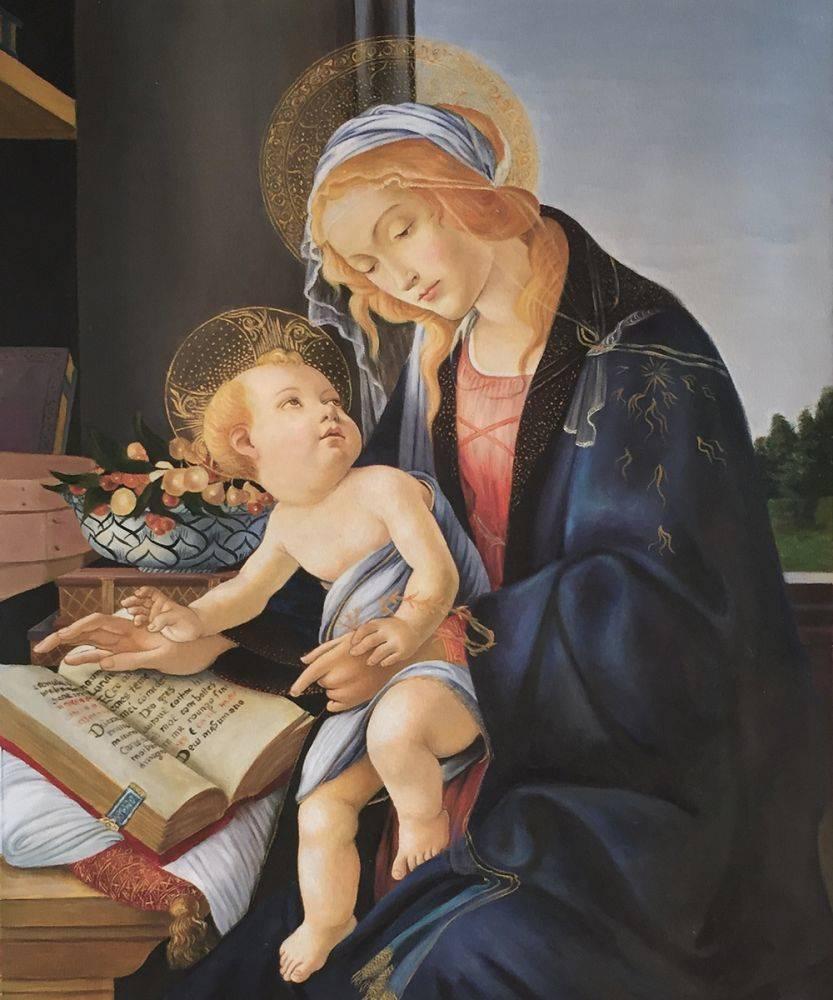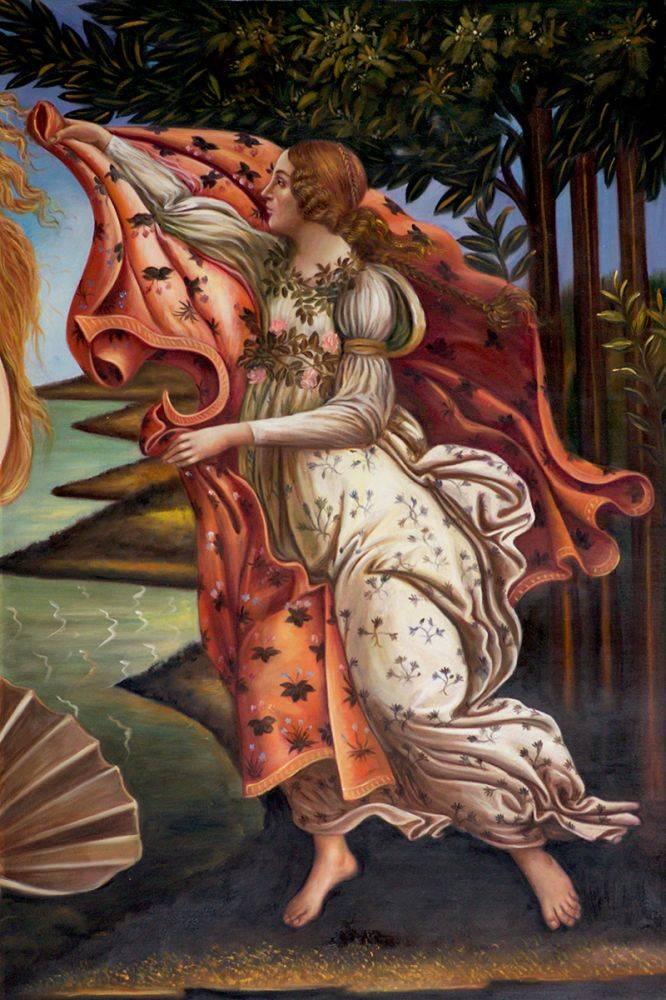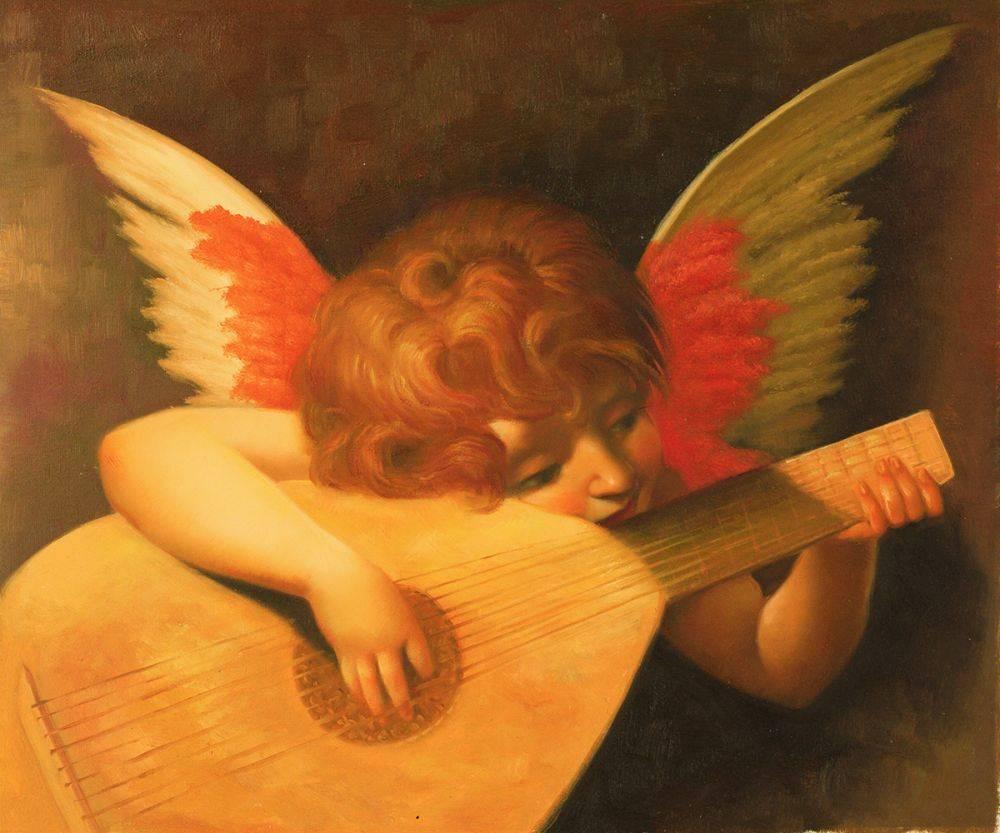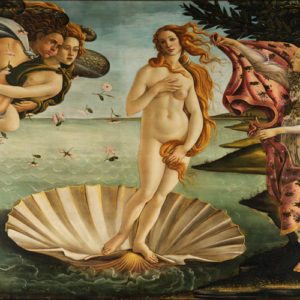Art
Art History
Art World News
Facebook stories
Madonna of the Pomegranate No Longer a “Fake”
One of the biggest crimes related to the art industry are forgeries. So much time and money is spent on authenticating art, especially the older pieces that go up for auction. An auction house hangs their reputation on the authenticity of the pieces that they sell. That is why it is such a scandal when a piece is found to be a forgery. Sometimes though, what we think is a forgery can turn out to be the real thing.
Sandro Botticelli’s painting, the Madonna of the Pomegranate, was thought to have been originally painted in 1487, created in his studio. Botticelli was known to employee artists to make copies of his works to meet the high demand for it and most art collectors consider those copies to still be “originals.” This piece depicts the Madonna and Jesus, with an audience of angels.
When it was originally tested for authenticity, there was a thick yellow varnish over the top that made them think the paint was not old enough to be real. While the painting was being cleaned, they began to suspect that their first finding was incorrect. An X-ray analysis of the paint pigment and the use of infrared were then used to conclude that the painting was not a fake. The new authentication was performed by the charity English Heritage, who has held the painting since the death of its previous owner, Julius Wernher. It will now be on display in Ranger’s House in London.

